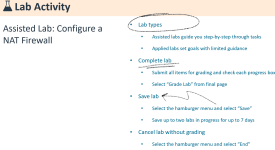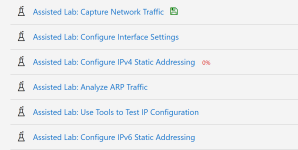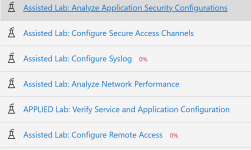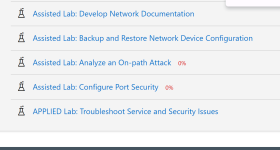I see lots of job postings both here and on other job websites. Unfortunately, many recruiters have highly unrealistic expectations and then wonder why they don't get a lot of quality applicants. Here are some of the common issues I see and how they could be improved.
Many jobs posted as "entry level" aren't really entry level. They require advanced degrees such as Masters Degrees, multiple certifications such as CASP+/CISSP/CISM, several years of experience with cloud/cybersecurity/programming/infrastructure/risk management, That is not entry level. That is advanced level. People with that complete list of qualifications will not apply for your "entry level" position. Masters Degrees should only be required for mid to upper management level positions. CASP+/CISSP/CISM are advanced certifications. If you want entry level, Security+ should be the most advanced certification you recommend (not require).
Most jobs do not list salary ranges, and then they require applicants to go through multiple rounds of interviews. There is nothing more frustrating for job applicants and recruiters than to schedule a series of interviews with different stakeholders over the course of several weeks only to discover the position pays significantly less than the amount the applicant is seeking. No offense, but I"m 52 years old with 30+ years of experience so I don't want your $30K per year job. Start with four times that amount and I might be interested. Recruiters should do themselves and the applicants a huge favor. List the salary range. If you don't get a large pool of applicants, look at both the salary range and the requirements. You may not be aligned with industry trends.
Some industries just don't understand the marketplace. High schools, colleges, and government typically pay a tiny fraction of the rate that the open market and public/private companies pay. Why would you want to teach at a high school for $40K or to teach at a college for $66K when you can teach corporate customers for $90K or more? If you're offering less than $100K for someone with a Masters Degree in a technical field, such as cybersecurity, the good applicants will find employment elsewhere. Do your research to find out what a Python developer with seven years experience makes. Or what the average CySA+ or PenTest+ certification holder makes. There are plenty of online resources for researching salaries.
Many jobs are nothing more than side hustles. Lots of jobs are part-time or term contract work. I worked as an independent contractor for 12 years. It's inconsistent work at best, there are no benefits whatsoever, and you are responsible for your own taxes, and it required constant travel. I was on the road 5 days per week for 45 weeks per year. That's exhausting work for a lower quality of life. Part-time work is an option only if you already have a full time job with a very flexible schedule, which means you won't get many applicants for classes taught every Tuesday during the day for ten weeks. Consider creating full-time salaried positions.
Many jobs offer the bare minimum in benefits packages. Two weeks per year of time off? Thanks but no thanks. Try starting with three or four weeks. Medical/dental/vision plans should be reasonable and affordable. 401k options should include company matching. Incentive-based bonus structures are welcomed. Offer comprehensive onboarding and career development options. The more you invest in your employees, the more likely they are to be productive and to remain loyal.
Many jobs require working onsite or hybrid work. That eliminates countless highly qualified fully remote applicants from the potential job pool. The vast majority of tech work, especially training and education, can be done 100% remotely. My wife and I moved to the Tampa Bay, Florida area last year and we have no intentions of moving elsewhere. Quality of life matters with today's job seekers. If the job can be done remotely, list it as a remote position. Occasional travel is fine, but remote workers are more productive because they don't waste countless hours commuting. And you save a lot of money on office rentals, supplies, utilities, taxes, etc.
For applicants, pay attention to the language in the job listings. Also pay attention to the hiring process. If an organization has unrealistic expectations in the hiring process, they most likely have unrealistic expectations every day at work.






